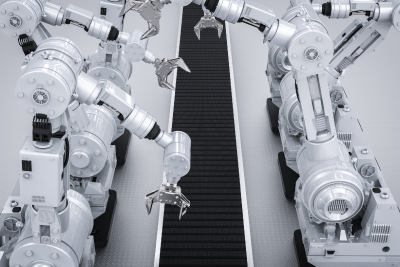Face Gears: Geometry and Strength
- Syed Sagheer Abbas Rizvi
- Dec 16, 2022
- 3 min read
The use of face gears in modern engineering and industry is becoming increasingly important. Face gears are an incredibly versatile tool, with their strength and geometry playing a crucial role in several different applications.
In this article, we will explore the importance of face gears and how their geometry and strength can be used to create efficient solutions for a variety of engineering needs.
We'll look at the advantages that face gears offer and discuss why they are a valuable component for any engineering system.
Geometry of Face Gears
Face gears, also known as spur gears with curved teeth, are a type of gear composed of two toothed wheels that connect through the meshing of their curved teeth.
Face gears are used when the traditional straight-toothed spur gears cannot provide the required motion or strength.
The geometry and strength of face gears make them an attractive solution for applications such as automobile transmissions, generators, robots and military vehicles.
The geometry of face gears is quite complex due to its curved tooth shape, which requires careful consideration in order to ensure accurate meshing between the two wheels.
In terms of strength, face gears have several advantages over traditional straight-toothed spur gears; they can transmit higher torque at lower speeds while providing smoother operation and reduced noise levels.
The increased contact ratio between the two wheels also reduces wear on the gear surfaces and extends service life.
Strength of Face Gears
Face gears are a type of gear used to transmit rotational motion between two non-parallel shafts, and they are gaining popularity in the engineering world.
Their geometry makes them an efficient option for transferring torque with minimal vibration or noise, and their strength is an important factor in face gear application.
The strength of face gears is determined by the shape of their teeth; this is why proper tooth geometry is critical when designing these components.
The most common shapes for face gear teeth are involute and cycloidal, though other forms can be used depending on the desired output forces or loads.
Additionally, materials such as steel or titanium alloys are typically employed to ensure maximum durability under varying conditions.
The number of teeth on each gear also plays a role in determining its overall strength; generally speaking, larger numbers indicate greater torque capacity and better performance under load.
Toothed Versus Plain Face Gears
Face gears have numerous applications across many industries, including robotics, automotive and aerospace engineering. The two main types of face gears are toothed and plain face. Both types of face gear offer different advantages in terms of geometry and strength.
Toothed face gears feature teeth that interlock with the teeth on its mating gear. This creates a smooth power transmission with minimal noise production and vibration levels during operation.
Toothed face gears also offer superior strength for high torque

than their plain counterparts.
In terms of geometry, toothed face gears require more sophisticated machinery for fabrication due to their complex tooth structure compared to plain ones which can be cut much faster by conventional cutting machines such as milling or shaping machines.
Advantages of Face Gears
The advantages of using Face Gears include their ability to transfer high torques while minimizing thrust loads on bearings. They also feature low backlash levels due to their tooth contact patterns which reduce noise production.
The geometry of Face Gears allows for higher speeds than other gear types and they are resistant to shock loading due to the large surface contact area between the teeth.
Summary
In conclusion,face gears have a unique set of advantages. They have the potential to be an effective engineering tool for reducing weight, improving strength and creating complex geometries.
Face gears are also robust in their design, making them reliable for use in many applications. It is clear that face gears can be an invaluable asset for engineers looking to reduce costs and improve efficiency.
The possibilities are virtually endless with face gears and it will be exciting to see what new inventions come out in the future thanks to this technology.




Comments